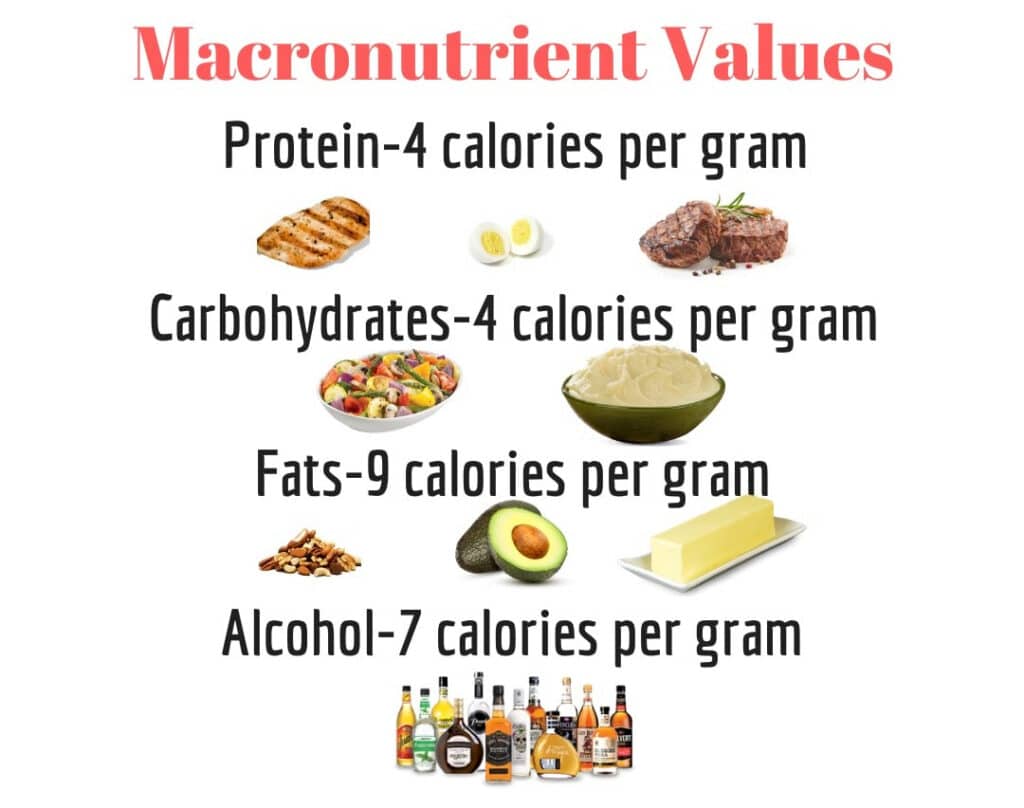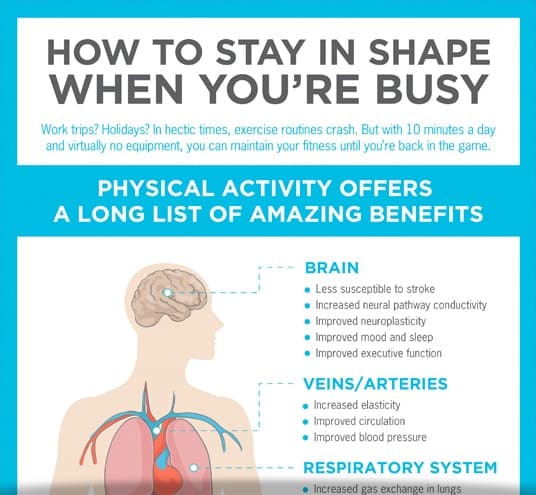In the never ending realm of diets and eating plans, one of the more popular of the moment is counting your macros. But what are macros, what does counting them mean, and why is it important to know, regardless of your eating style?
Glad you asked, and even if you didn’t, I’m going to tell you anyway;-)
Let’s start with some education. By definition, macronutrients are nutrients the body requires in large amounts, i.e. protein, carbohydrates, and fats. They are basically the main components that comprise our food, and what accounts for the calories in our food as well.
Here is a graphic to illustrate the values of each macronutrient:

So why are these macronutrients important, and how does your understanding of them benefit your health and fitness goals? Like many things in life, the better we understand what we’re dealing with, the better we can use that information to our benefit. With the constant barrage of conflicting info being throw at us in regards to nutrition, arming ourselves with more knowledge can only be a good thing.
Let’s explore what each macronutrient does in our bodies, and why we need all of them.
Protein
Protein structure is made up of amino acids, which group together to form chains. The amino acids in protein are very important to our bodies: they are responsible for things like our body’s structure (muscle building), our hormones, our enzymes, and our immune chemicals. Good sources of protein include meat, seafood, eggs, and legumes.
Fats
Fats are made up of carbon and hydrogen elements joined together in long groups called hydrocarbons. The simplest unit of fat is the fatty acid, of which there are two types: saturated and unsaturated. Dietary fat plays a number of important roles in the body: it provides energy, helps manufacture and balance hormones, forms our cell membranes, brains, and nervous systems, and helps transport certain vitamins. It also provides two essential fatty acids that the body can’t make: linoleic acid (an omega-6 fatty acid), and linolenic acid (an omega-3 fatty acid). Dietary sources of fat include nuts, seeds, coconut, avocado, olives, and egg yolks.
Carbohydrates
Carbohydrates are made up of carbon, hydrogen, and oxygen molecules. Sugars, starches, and fibers are all considered carbohydrates. Our digestive system breaks down carbohydrates and eventually releases them into the bloodstream in the form of glucose. Glucose is essential to life (you hear that?! ESSENTIAL): it provides fuel for the brain and central nervous system. Carbohydrates are commonly found in vegetables, fruits, grains, and legumes.
In short, most healthy, long term eating plans should include a wide variety of each macronutrient because of the myriad of benefits they all have for our health.
Unfortunately there’s no right answer when it comes to the question “what should I eat?” However, we can use body types, body size, and desired goals to have a great starting point. All of us have an optimal percentage of each macronutrient to lose/gain/maintain weight and body fat.
Everyone can break down each day of eating into macro counts based on total consumption. Using a 2000 calorie diet, and employing a percentage count of 40% protein, 30% carbs, and 30% fat, you would be consuming 200g of protein, 150g of carbs, and 67g of fat. When approaching food from this angle, some people take the liberty to eat whatever they want as long as it can be accounted for within these ranges. This style of eating does allow for more freedom to still enjoy the things you love the most, as long as you are staying within the limits of your macros. However, for optimal health, it’s still recommended that a large majority (90% or so) is still nutrient dense, rather than “empty” calories. For example, while a large banana may have the same carb content as half a snickers bar, the vitamins and minerals in the banana will benefit you far greater than the lack of value in the snickers.
To reiterate, we’re all different and each of us has an appropriate range of macros for our specific goals. It’s not a perfect science, so some of this will have to be viewed as an experiment. Choose a starting point, track things for 2-3 weeks, and ask yourself if you’re getting the desired result. If you are, keep doing what you’re doing. If you’re not, reassess, make small changes, and track for another 2-3 weeks. I want people to get to a place where you do NOT have to track everything you shove into your mouth for the rest of your life because that sounds terribly exhausting! But if you spend some dedicated time learning what your intake looks like, and how to make sure you’re getting what you need for your body, then at some point it should become a part of what you do, not an additional chore.
Since 2003, I’ve been helping business professionals navigate through exercise trends and fad diets, and develop fitness and nutrition programs focused on long term success. If you’re motivated to change, and would like some professional assistance to guide the way, contact me for a strategy call to see how I can help YOU succeed.
References:
https://www.precisionnutrition.com/encyclopedia/food/protein
https://www.precisionnutrition.com/encyclopedia/food/fats
https://www.precisionnutrition.com/encyclopedia/food/carbohydrates

